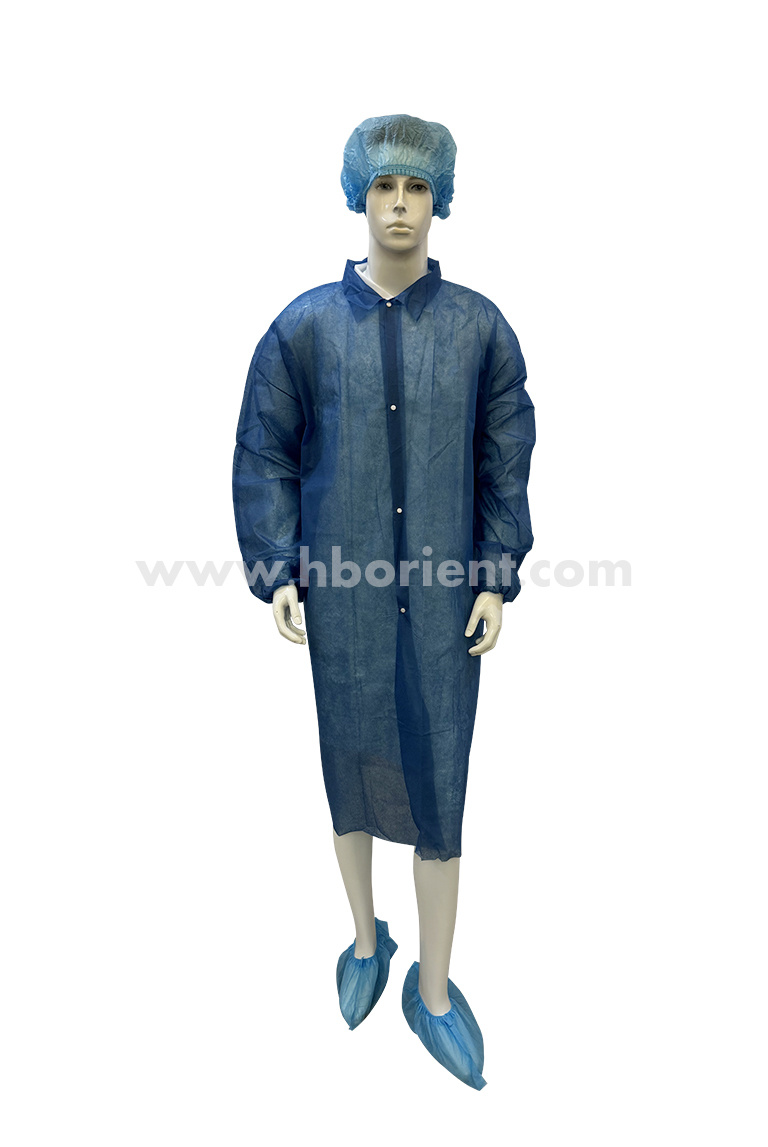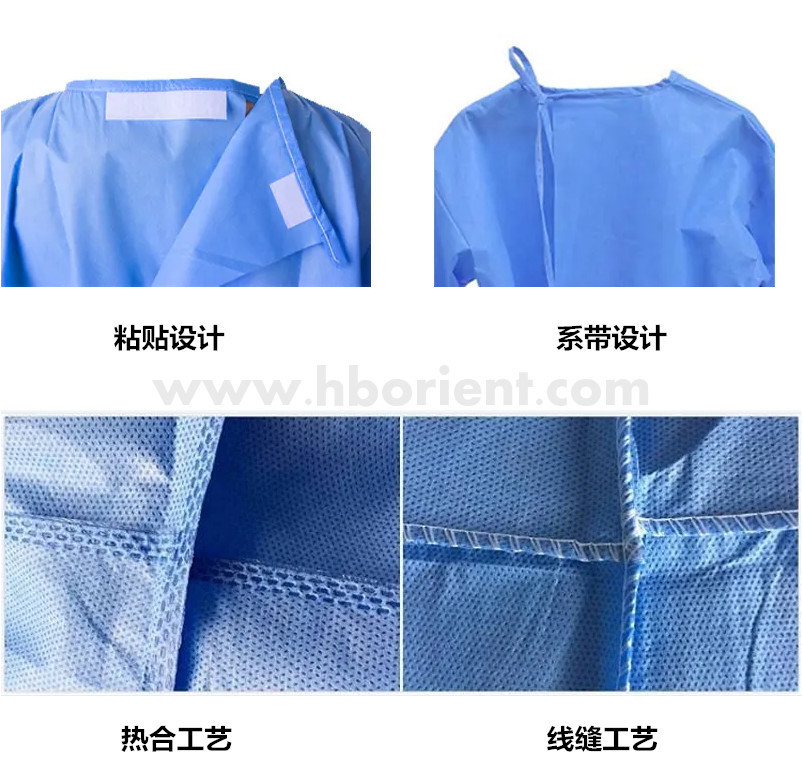The Science Behind Microporous Film Laminates: Protection Meets Breathability
2025-07-20
The Science Behind Microporous Film Laminates: Protection Meets Breathability
Table of Contents
- 1. Introduction to Microporous Film Laminates
- 2. What is Microporous Film?
- 3. Composition and Structure of Microporous Film Laminates
- 4. How Microporous Films Work: The Mechanism of Breathability
- 5. Benefits of Microporous Film Laminates in Hygiene Products
- 6. Applications of Microporous Film Laminates in Hygiene and Cleaning
- 7. Environmental Considerations of Microporous Films
- 8. The Future of Microporous Technology in Hygiene Solutions
- 9. Conclusion
- 10. Frequently Asked Questions
1. Introduction to Microporous Film Laminates
In the ever-evolving landscape of hygiene and cleaning products, **microporous film laminates** are gaining significant attention. These materials offer a unique combination of protection and breathability, making them essential in various applications, particularly in **light industrial hygiene goods**. This article will explore the science behind these laminates, their composition, how they function, the benefits they offer, and their applications in the **hygiene and cleaning** sector.
2. What is Microporous Film?
Microporous films are specialized materials characterized by their tiny pores that allow air and moisture vapor to pass through while preventing larger liquid water droplets from penetrating. This unique property makes them incredibly useful in developing protective garments, medical supplies, and other hygiene-related products. The **microstructures** of these films create a balance between **fluid resistance** and **breathability**, enabling users to remain comfortable even in challenging environments.
Understanding the Microporous Structure
The microporous structure typically consists of a polymer matrix, which can be made from materials such as **polyethylene**, **polypropylene**, or **PTFE** (polytetrafluoroethylene). The key feature is the controlled size of the pores, which are normally in the range of **0.1 to 0.5 microns**. This design effectively blocks harmful contaminants while allowing moisture to disperse.
3. Composition and Structure of Microporous Film Laminates
Microporous film laminates are composed of several layers, each serving a specific function. The surface layer is often treated to enhance its water-repellent properties, while the inner layer may be designed for moisture absorption or additional protection.
Layered Construction for Enhanced Performance
The construction of these laminates involves a multi-layer approach:
- **Outer Layer**: This layer is typically a protective coating that offers resistance to abrasion and contaminants.
- **Microporous Layer**: The core of the laminate, this layer features the microporous technology that provides breathability and liquid barrier properties.
- **Inner Layer**: Often made from a soft, absorbent material, this layer enhances comfort and moisture management.
This multi-layered approach not only maximizes performance but also allows for customization based on specific application needs.
4. How Microporous Films Work: The Mechanism of Breathability
The science behind the functionality of microporous films lies in their unique pore structure. The pores are small enough to prevent liquid water from entering while still allowing air and vapor to pass through. This is primarily due to the **difference in pressure** between the inside and outside environments.
The Role of Surface Tension
One key factor is **surface tension**. When water droplets come into contact with the microporous film, their surface tension prevents them from entering the pores. Conversely, water vapor, which has a much smaller molecular size, can easily diffuse through the pores, ensuring that the wearer remains dry and comfortable.
5. Benefits of Microporous Film Laminates in Hygiene Products
The advantages of using microporous film laminates in hygiene products are manifold. Here are some of the key benefits:
Superior Protection
Microporous films provide excellent protection against liquids, ensuring that users are shielded from harmful substances and contaminants. This is particularly important in medical settings and industries where hygiene is paramount.
Enhanced Breathability
Unlike traditional barrier materials, microporous films allow for breathability. This feature translates to increased comfort for users, especially in situations requiring prolonged wear, such as healthcare workers in surgical gowns.
Lightweight and Flexible
The lightweight nature of microporous films means that products made from them are easier to wear and maneuver in. This flexibility does not compromise the protective qualities, making them ideal for various applications.
Cost-Effectiveness
As technology advances, the production of microporous film laminates becomes more efficient, leading to reduced costs. This affordability makes them accessible for widespread use in various hygiene-related products.
6. Applications of Microporous Film Laminates in Hygiene and Cleaning
Microporous film laminates are utilized in various hygiene products due to their unique properties. Here are some notable applications:
Protective Garments
From surgical gowns to protective coveralls, microporous films are extensively used in the medical field to ensure that healthcare professionals are protected while maintaining breathability.
Medical Devices
Microporous films are used in the production of medical devices that require a breathable barrier, such as wound dressings, where moisture management is essential for healing.
Cleaning Products
In the realm of **light industrial cleaning**, these films are used in disposable cleaning wipes and pads, providing effective cleaning without compromising hygiene.
Agricultural Applications
Microporous films are increasingly found in agricultural applications, such as protective coatings for equipment and materials that require exposure to various elements without compromising their integrity.
7. Environmental Considerations of Microporous Films
As industries shift towards sustainability, the environmental impact of microporous films cannot be overlooked. These materials can be produced from recyclable polymers, making them a greener choice compared to traditional plastics.
Recycling and Biodegradability
The potential for recycling microporous films enhances their environmental appeal. As technologies develop, there is a growing emphasis on producing biodegradable variants that maintain performance while reducing long-term ecological footprints.
8. The Future of Microporous Technology in Hygiene Solutions
As the demand for more effective and sustainable hygiene solutions grows, microporous film technology continues to evolve. Innovations in material science are paving the way for even more advanced applications, enhancing the functionality and sustainability of these products.
Smart Textiles
The future may also see the integration of **smart textile technologies** with microporous films, allowing for the development of garments that can monitor health signals while providing protection.
9. Conclusion
Microporous film laminates represent a remarkable intersection of science and practicality in the realm of hygiene and cleaning products. Their unique properties of protection and breathability make them indispensable in various applications, particularly in industries where hygiene is critical. As we move towards a more sustainable future, the advancements in this technology will undoubtedly open new frontiers in protective solutions, ensuring that we can meet the demands of modern hygiene needs without compromising on comfort and efficiency.
10. Frequently Asked Questions
1. What is a microporous film laminate?
A microporous film laminate is a multi-layered material designed to provide a barrier against liquids while allowing air and moisture vapor to pass through.
2. How does microporous film work?
Microporous film works by utilizing the principle of surface tension to prevent liquid water from entering its small pores while permitting the passage of air and vapor.
3. What are the benefits of using microporous films in hygiene products?
The benefits include superior protection against liquids, enhanced breathability, lightweight and flexible design, and cost-effectiveness.
4. Where are microporous films commonly used?
They are commonly used in protective garments, medical devices, cleaning products, and agricultural applications.
5. Are microporous films environmentally friendly?
Yes, microporous films can be made from recyclable materials and may include biodegradable options, making them a more sustainable choice compared to traditional plastics.
Latest News


Quick Navigation
Ammex-Weida(Hubei) Health and Safety Products Co.,Ltd (Chinese Version)
Contact Us
5F,BLDG No.8,SOHO Town,CBD,Huaihai Road,Jianghan District,Wuhan,Hubei,China
Copyright © Hubei Orient International Trading Corporation






